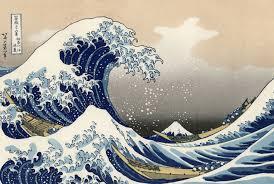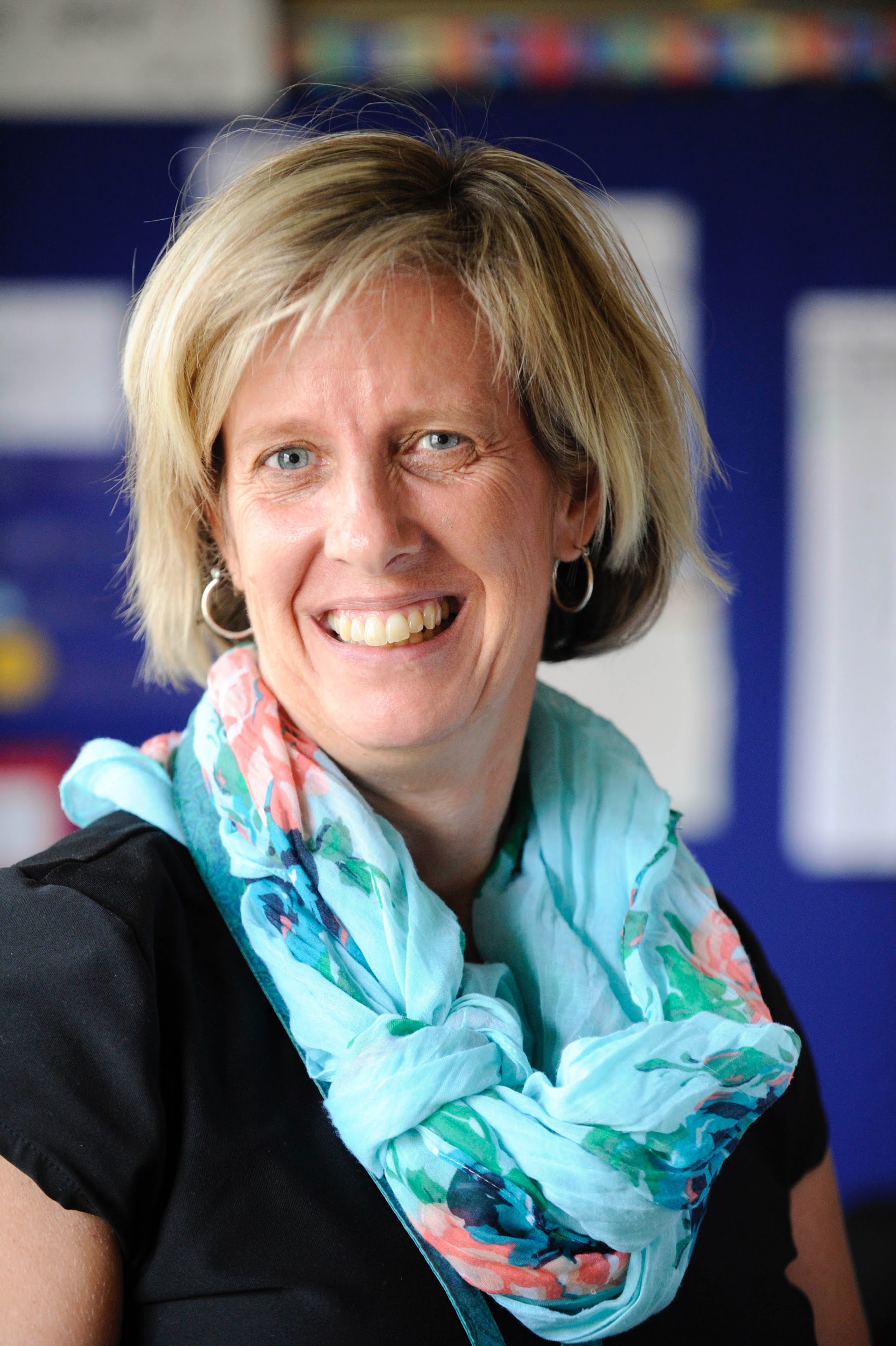Wonder, Walls, and Waves: A Student-Led, Inquiry-Based Approach to Engineering Design in Elementary Classrooms
By Cindy Workosky
Posted on 2017-10-24
As our first-grade class was returning to our classroom after recess, a learner directed our attention to our school’s newest retaining wall. He asked, “Why is the wall always falling apart on that side?”
 A rich discussion began, and we agreed to add his question to the “Wondering Chart” we had started in our classroom at the beginning of the year. The chart now had quite a few Earth, life, and physical science questions. We had answered some questions, but still needed to answer, investigate, and explore others. A few questions had also been edited for clarity.
A rich discussion began, and we agreed to add his question to the “Wondering Chart” we had started in our classroom at the beginning of the year. The chart now had quite a few Earth, life, and physical science questions. We had answered some questions, but still needed to answer, investigate, and explore others. A few questions had also been edited for clarity.
The collapsing wall question was the first engineering question on our chart, and I considered using an inquiry approach to answer it. I hoped to create opportunities for learners to investigate engineering design. As the Next Generation Science Standards (NGSS) states, “Although engineering design is not a lock-step process, it is helpful to think of it in three stages—defining the problem, developing possible solutions, and determining which best solves the problem.”
Our first-grade professional learning community (PLC) had planned to begin an integrated unit on waves that same week. We would approach the NGSS first-grade topic through music, art, poetry, and literature. The students would have an opportunity to plan design some investigations, and would make observations with sound and light waves. We became very involved with the new unit, and learners became involved in exploring light and sound waves.



As the unit progressed, we began to add vocabulary words to our classroom vernacular. First graders discussed vibrations, radiating concentric circles, wavelength, amplitude, and frequency. After examining the famous artwork The Great Wave by the Japanese artist Hokusai, we began to discuss force, tsunamis, and curves.

 As the learning facilitator, I was interested in the connections students would make in this new unit. Would first graders successfully access this new information? Would they be able to represent their learning? Would they use this information purposefully? Would the learning be extended?
As the learning facilitator, I was interested in the connections students would make in this new unit. Would first graders successfully access this new information? Would they be able to represent their learning? Would they use this information purposefully? Would the learning be extended?
I discovered the answers during the least structured time of the day: “choice time,” a time deliberately set aside for community collaboration and exploration. Learners choose an activity, whom they want to work with, and what materials they use, and must manage their time accordingly.
Choice time is an extension of the day’s learning that allows for long-term discoveries. Typically engagement is high, and a purposeful intention is present. It is a time for the teacher to serve as observer, assistant, or recorder, not as instructor.
During the wave unit’s choice time, one group was particularly interested in building walls with paper cups. They spent days building together and exploring the cups’ properties. They began to design plans in advance, and wondered about curved walls and straight walls. Noticing the cups’ shape, some students inquired about circles and concentric circles. For an entire month, , wall building was our choice-time activity.



 First-grade engineers built high walls, low walls, curved walls, straight walls, walls with waves, and circular walls. Some walls were able to stand; some collapsed. This exploration and investigation was led by learners’ pure curiosity. They were excited to discover which wall wouldn’t collapse, and posed questions when walls did.
First-grade engineers built high walls, low walls, curved walls, straight walls, walls with waves, and circular walls. Some walls were able to stand; some collapsed. This exploration and investigation was led by learners’ pure curiosity. They were excited to discover which wall wouldn’t collapse, and posed questions when walls did.
At month’s end, one student voiced a conjecture for the original question about the crumbling playground wall. He believed the small curve could not be strong enough. He demonstrated a support system that might be used to enhance the wall. His classmates were enthusiastic about his idea. We posted it on our wonder chart: “Support might help the wall.”
 These students defined a problem, experimented with possible solutions, and determined an effective one for the crumbling playground wall. They used their choice time to explore engineering design, and had worked collaboratively. They even used their knowledge of waves to explore wall structure.
These students defined a problem, experimented with possible solutions, and determined an effective one for the crumbling playground wall. They used their choice time to explore engineering design, and had worked collaboratively. They even used their knowledge of waves to explore wall structure.
By dedicating time for wonder, exploration, and discovery, classroom leaders can provide opportunities for all learners to gain new knowledge.

Susan Koch
Susan Koch is a first grade teacher at Union Elementary School in Montpelier, Vermont. She is a 2017 Grosvenor Teacher Fellow and in 2016 was named the Vermont Teacher of the Year. Contact her at susank@mpsvt.org or via Twitter: @SusanKochVT
This article was featured in the October issue of Next Gen Navigator, a monthly e-newsletter from NSTA delivering information, insights, resources, and professional learning opportunities for science educators by science educators on the Next Generation Science Standards and three-dimensional instruction. Click here to access other articles from the September issue on assessing three-dimensional learning. Click here to sign up to receive the Navigator every month.
The mission of NSTA is to promote excellence and innovation in science teaching and learning for all.
Visit NSTA’s NGSS@NSTA Hub for hundreds of vetted classroom resources, professional learning opportunities, publications, ebooks and more; connect with your teacher colleagues on the NGSS listservs (members can sign up here); and join us for discussions around NGSS at an upcoming conference.
Future NSTA Conferences
2017 Fall Conferences
National Conference
Disclaimer: The views expressed in this blog post are those of the author(s) and do not necessarily reflect the official position of the National Science Teaching Association (NSTA).
Engineering Physical Science Elementary


